The David Stimson–designed Ocean Pointer, a 19 1⁄2' center-console outboard skiff, stands on the broad shoulders of a long Maine tradition. Alton Wallace began designing this boat’s ancestors in the 1940s, settling on the legendary West Pointer hull form in the mid-1950s. The West Pointer was meant as a stable fishing boat with good seakeeping abilities. He arrived at the hull shape the old-fashioned way, which is to say that he carved its shape in wood rather than drawing it on paper. Wallace built hundreds of these skiffs himself, and had a reputation for unusual generosity with the design: hundreds more—perhaps thousands—were built by fishermen and by other shops in both wood and fiberglass. Some of these were direct copies of Wallace’s original lines; others were derivative designs.Although so many boats were built over several decades, the boat’s lines were not formally committed to paper until 1996, when the Rockport (Maine) Apprenticeshop measured one of Wallace’s boats, drew the lines, and built a copy. Bob Miller, writing for WoodenBoat No. 130, recalled the days in which he got to know Alton Wallace during that measuring project. “One might ask,” wrote Miller, “how someone with just a block of pine and a jackknife could design a boat that has been so widely copied and imitated. The answer is simple. Before Alton started whittling out the shape of what was to become the West Pointer some 50 years ago, he had spent a good part of the previous 30 years in and around boats that he and his father built and then used for trawling, dragging, shrimping, lobstering, and tuna fishing the often unpredictable waters at the mouth of the New Meadows River. Alton knew what made a boat work and what didn’t.” Owner-builder John Blatchford with his Ocean Pointer skiff near Bucksport, Maine. Using detailed instructions from designer David Stimson, Blatchford built the boat over the course of two years.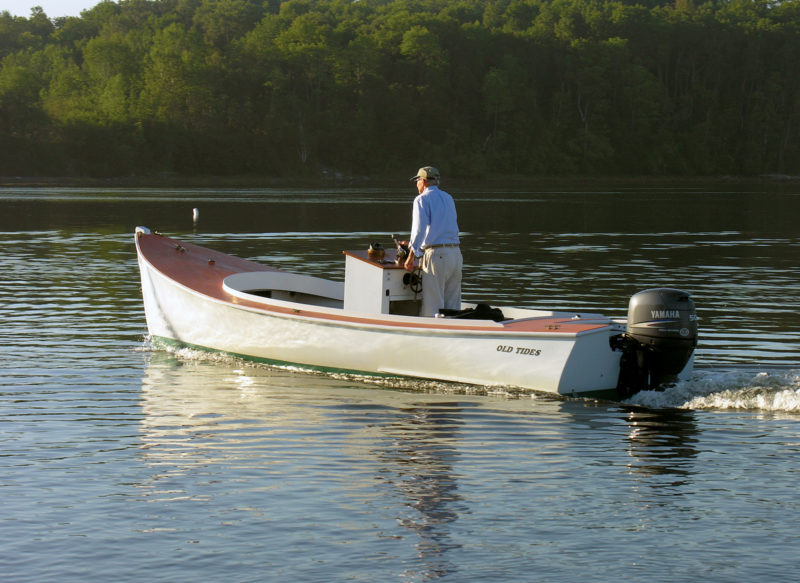 Matthew P. Murphy
Matthew P. Murphy
Join The Conversation
We welcome your comments about this article. If you’d like to include a photo or a video with your comment, please email the file or link.

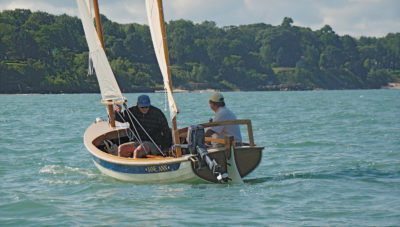
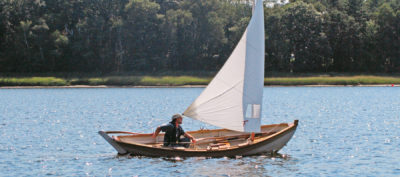
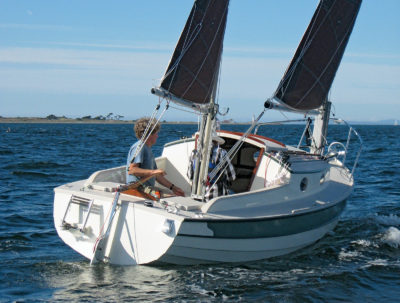
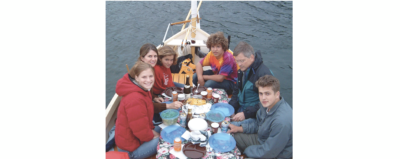
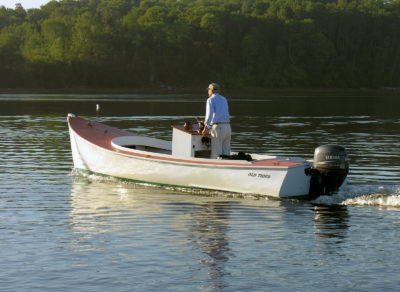
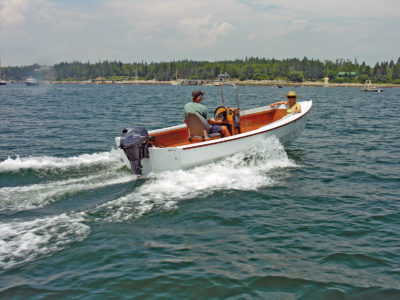
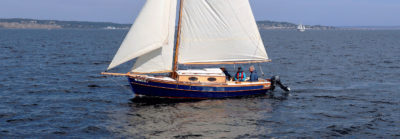
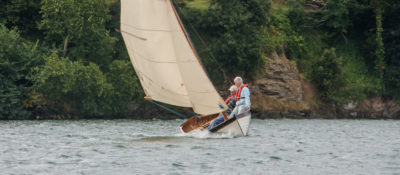
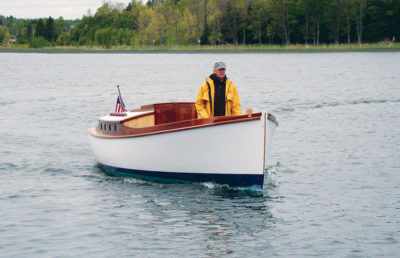
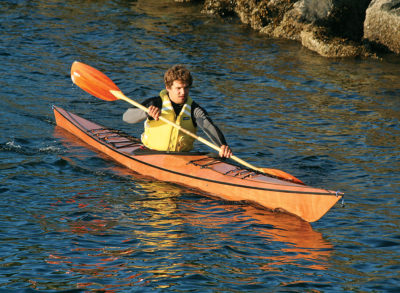
Have any members on this site built this boat? I’m currently building one and I’m curious how people got along with the build and the finished product. Thanks
I didn’t see any reply to your question on the Alton Wallace 18. Are any of these boat strip planked, edge glued, and fastened and not fiberglassed—simply sand and paint?
I used to be a fan of strip planking, but now feel its too time consuming. Like planking with spaghetti. Glueing between planks is worse still. Using epoxy as the glue and trying to sand fair is near nightmare. Sheathing in fiberglass and then trying to make that ripple-free is also harder than amateurs realize and one more time-consuming step in what will seem like a dark tunnel. But dry planking with the widest planks you can manage to use- leaving an outboard open bevel in the seams of like 10 degrees to fill with sandable epoxy (I use glass microspheres to toothpaste consistency) and all simply faired and painted in honest fashion is my choice now. You can use a sandable epoxy final primer before 2 or 3 coats of paint to protect and stabilize the planks, but fiberglass is not necessary. It will last as long as you take care of the boat. The epoxy primer will make the paint outlast historic methods. Same with the interior- or use penetrating epoxy in the bilges before painting with a catalyzed paint. Again, no need for more fiberglass. People need more appreciation for honest historic simplicity.